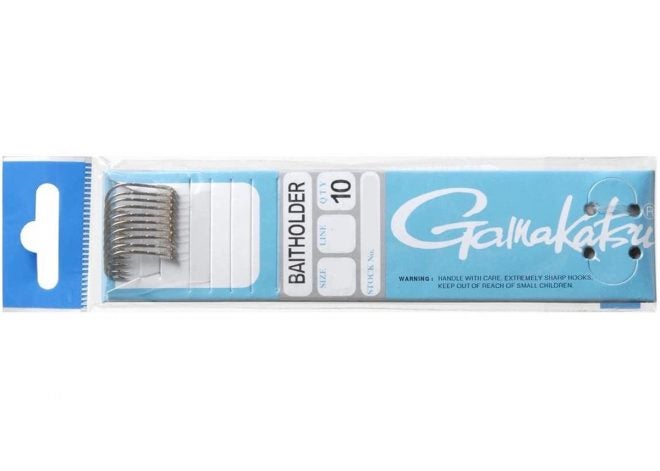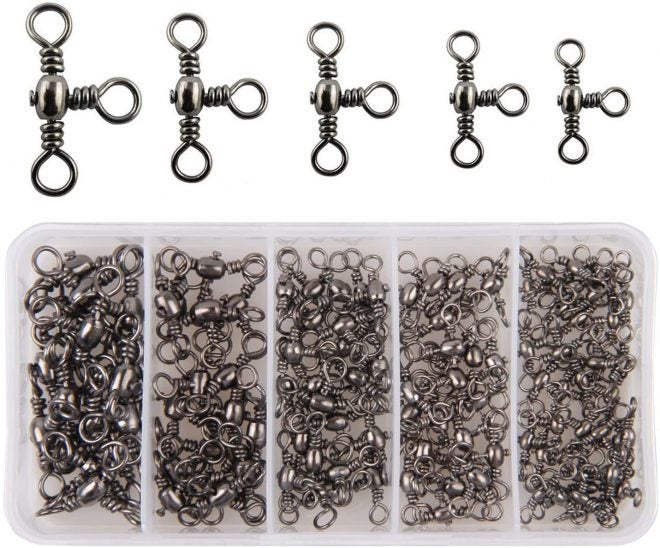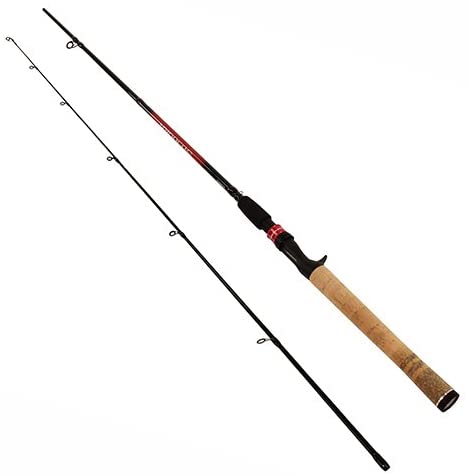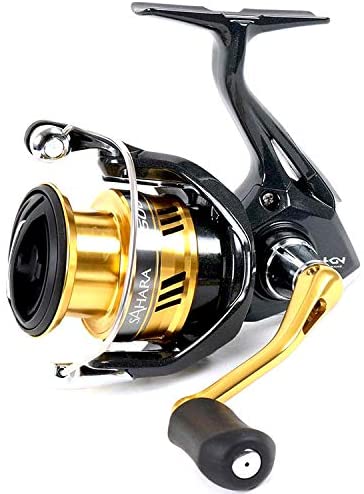Tactics for Late Summer Perch Fishing
Derrek Sigler 07.28.20
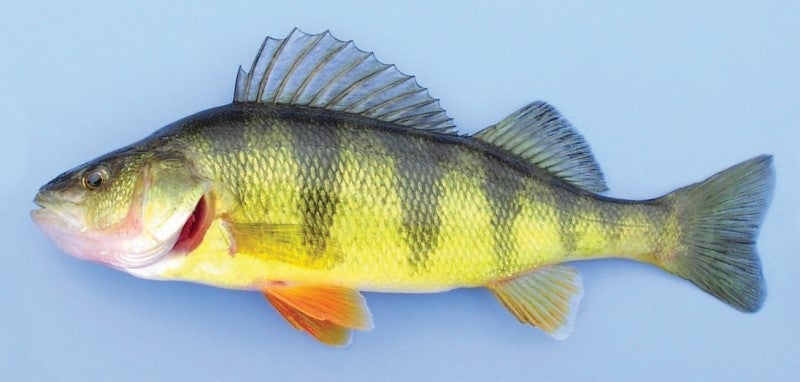
Perch, namely the yellow perch common across much of the Midwest and Northern states, represent two important elements of fishing happiness – They’re fun to catch and taste great. Anyone who has ever spent much time fishing for perch can tell you that once you’re on them, it is pretty easy to catch enough for a good-sized meal or two and they can be a hoot and a half to catch. On lakes that are properly managed, perch numbers are strong. Getting on the fish and catching your limit is easier if you know where to look for the fish and the right tactics for late summer perch fishing.
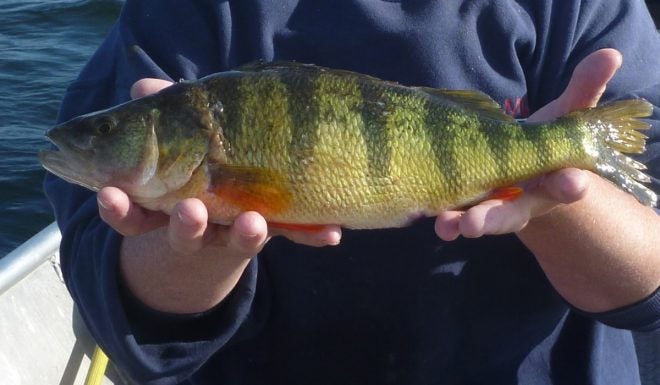
Perch travel in schools and are often found in relatively cool, shallow waters near shore, although that varies according to the size of the lake. Even on the Great Lakes, perch are rarely taken from water more than 30-feet deep. Like many fish, perch will move deeper as the water temperatures climb in the summer months, however, they move shallow to feed in the morning and evening hours. During the spring and fall perch feed throughout the day, and continue to remain active during the winter months. Biologists agree that perch activity lessens at night and the fish rest on the bottom and refrain from feeding, and avoid being fed upon.
Lures and bait
Perch are hearty eaters with a strong appetite. They typically eat insects, larvae and smaller fish, including the young of fish that grow up to feed on perch. Bait for perch fishing includes worms, wax worms, grubs and minnows, plus an assortment of artificial baits.
An original Rapala floating balsa-wood minnow works really well for perch. These baits in size 03 (1.5 inches) can be cast and retrieved, or trolled. They normally run 3-5 feet, but can run deeper when used on a swivel rig, or by simply running a split shot a foot or so above the lure. Perch aren’t very finicky, so color options are up to you and the water conditions.
Swedish Pimple jigging spoons, tipped with a minnow or worm can be extremely effective. These spoons can be cast or jigged vertically, making them very versatile. Like other lures, these spoons come in a wide range of color options and sizes. For using bait, smaller spoons, like the 1/10th ounce, 1-inch version works very well. There isn’t much weight to this size, but once you find the fish, jigging over top the school can fill your limit in a hurry.
Live bait rigging
Live bait will almost always outfish artificial lures for perch. As we’ve said, worms, spikes and minnows work well, along with grubs, larvae and more. Perch don’t really discriminate when it comes to feeding.
One of the popular techniques when anglers get on a big school of perch is to run a double-hook setup and fish off the bottom, or close to it. Snelled hooks are a good way to go to start this type of rig. Gamakatsu hooks are favorites around here and they work great for rigging up two minnows.
Three-way, inline swivels work best for running a snelled, multi-hook setup for perch fishing. Run the loop of the snelled rig through the swivel and then run the hook through the loop and you’re tied up. Use a single egg sinker on the bottom and fish away.
Rods and reels
Just about any fishing pole and reel will work for perch. However, a sensitive, medium-action rod will let you know when the fish strike, and give you enough backbone for the bigger perch. We prefer a 6.5ft-7ft rod, but you don’t have to spend a fortune. A Shimano Sojurn works really well as a perch rod.
A good, smooth reel is a must. We’ve been using a Shimano Sahara for a while and it works well. The 2500 size holds enough line – 200/6lb mono – for any perch adventure and the reel is well balanced for all-day fishing.
Perch make excellent fishing fun and even better meals. Imagine sitting down to a mess of fried perch fillets, a beverage of choice and family and friends. It can’t get much better than that!


